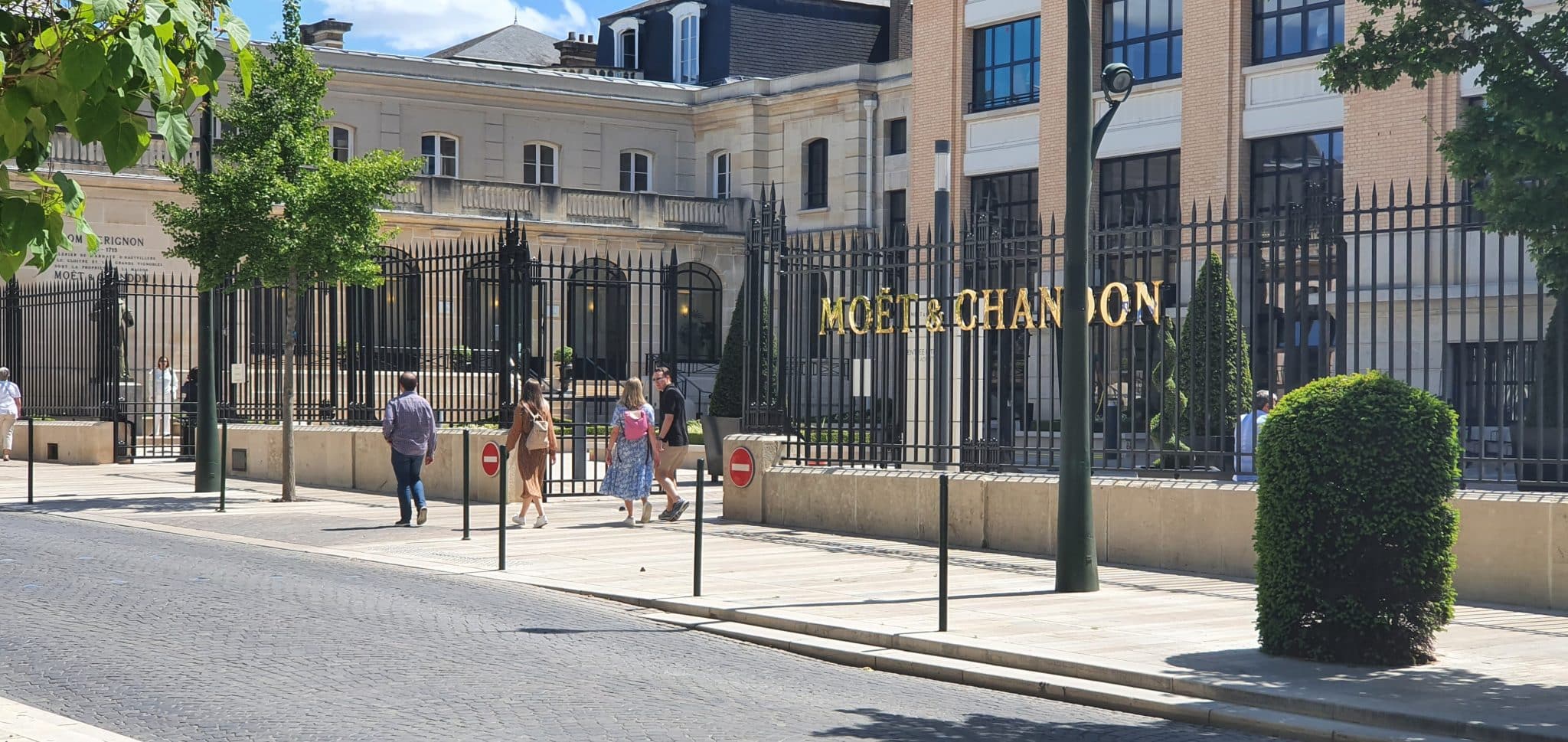In 45 minutes, walk through the streets of Epernay to discover its monuments.
Panels will be at your disposal to tell you the history of the city of Epernay, so … open your eyes:
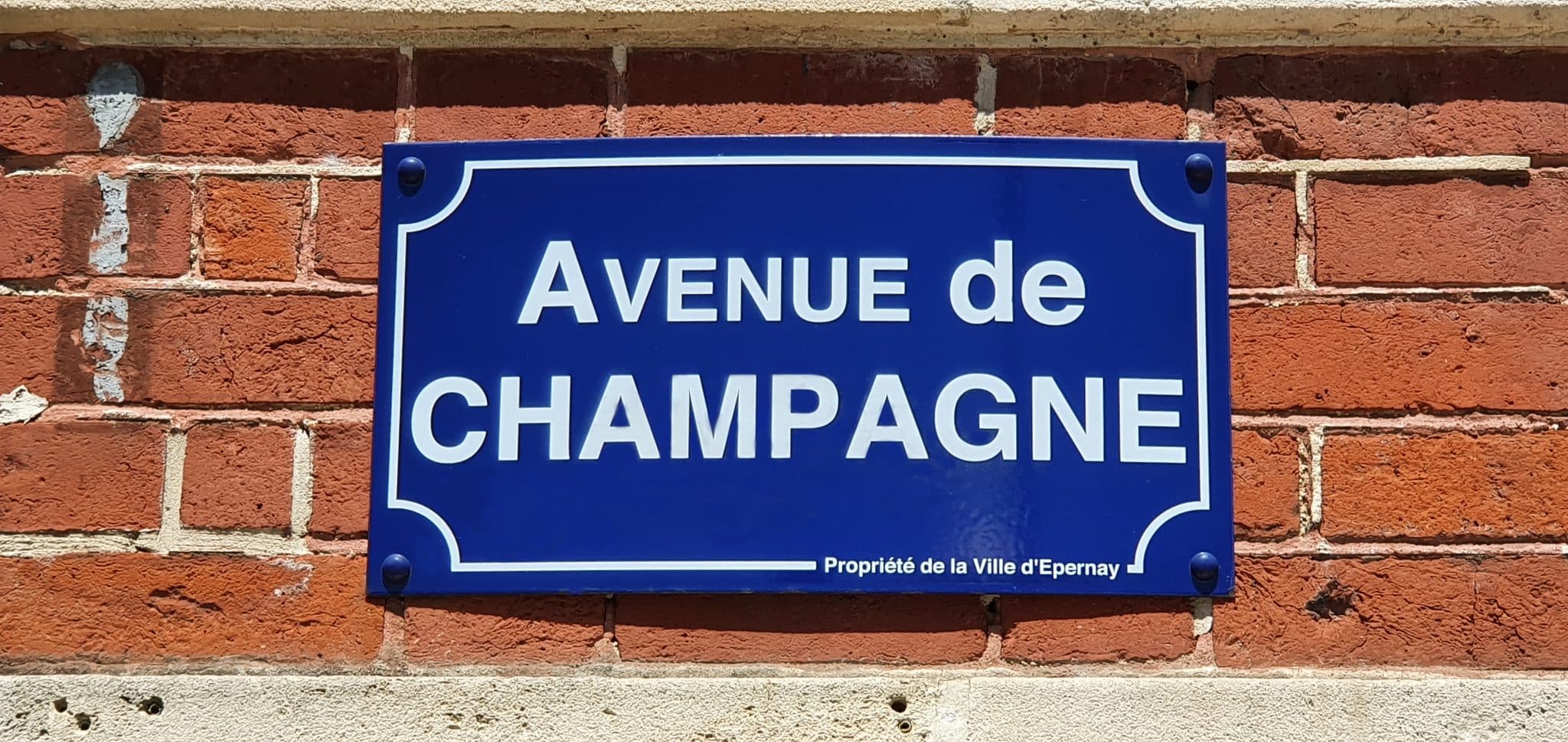
THE MAJESTIC AVENUE DE CHAMPAGNE
The avenue de Champagne is the district of the world famous wine producers and merchants. It is decorated with numerous 19th century buildings of Renaissance or classical style and was classified in 1994 as one of the 100 Remarkable Sites of Taste in France.
Totalling more than 100 kilometers of galleries dug in the chalk where millions of bottles are sheltered in which Champagne is slowly elaborated, the large cellars receive many visitors every day.
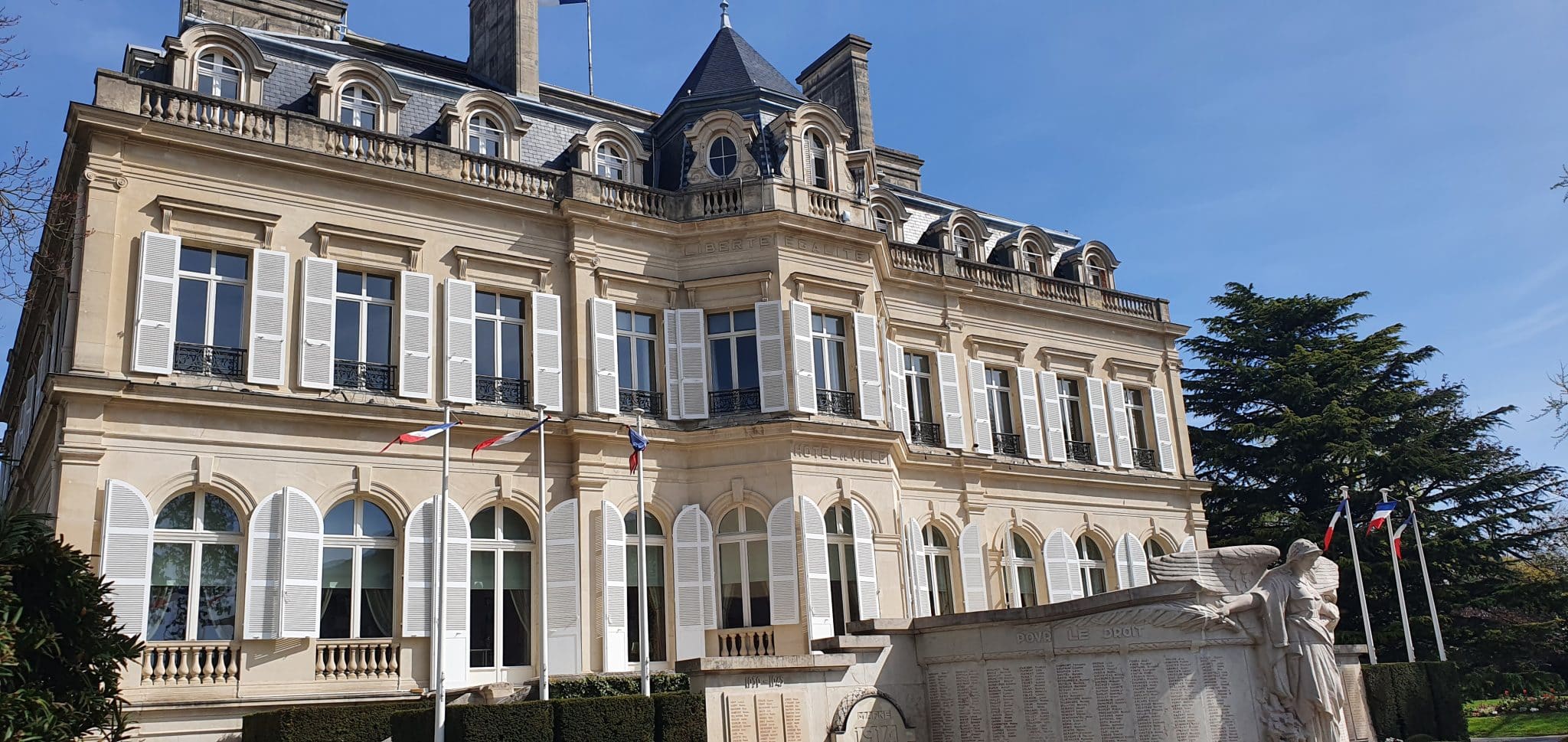
THE CITY HALL
Former mansion of Mr. AUBAN-MOET, built in 1858 and given to the city in 1919, it retains the charm of a private residence in the center of a beautiful park. Inside, luxurious rooms, including the Wedding Room and the Council Room, deserve the attention of visitors.
In front of the facade, a terrace has been skilfully used as a buttress for the War Memorial, the work of Mr. GIRAUD, architect and Mr. J. DECHIN, Prix de Rome for Sculpture. The Hôtel de Ville stands in a magnificent park designed by the Bühler brothers, creators of the Parc de la Tête d’Or in Lyon.
THE GABRIELLE DORZIAT THEATER
Place Mendès France
It is one of the few Italian-style theaters whose machinery has remained intact since its origin. It was inaugurated in 1902. On the pediment of the façade, an allegorical group by the Sparnacan sculptor Joseph ASCOLI: the vine inspiring theatrical art. The tastefully decorated, comfortable hall can hold 600 spectators. The domed ceiling, the work of Master CLAIRIN, friend of Sarah Bernhardt, is of great beauty. The foyer, very elegant, owes an undeniable artistic cachet to its ceilings created by the painter COURTOIS known as BONNENCONTRE, who was inspired by the Vine and Champagne to deploy “allegorical nudes” and “garlands of flowers, fruits and loves” of the best effect. These ceilings were restored in 1989. The Municipal Theater of Epernay was named Théâtre Gabrielle DORZIAT on November 30, 1987, after a theater and film actress born in Epernay on January 25, 1880. She died in Biarritz on November 30, 1979.
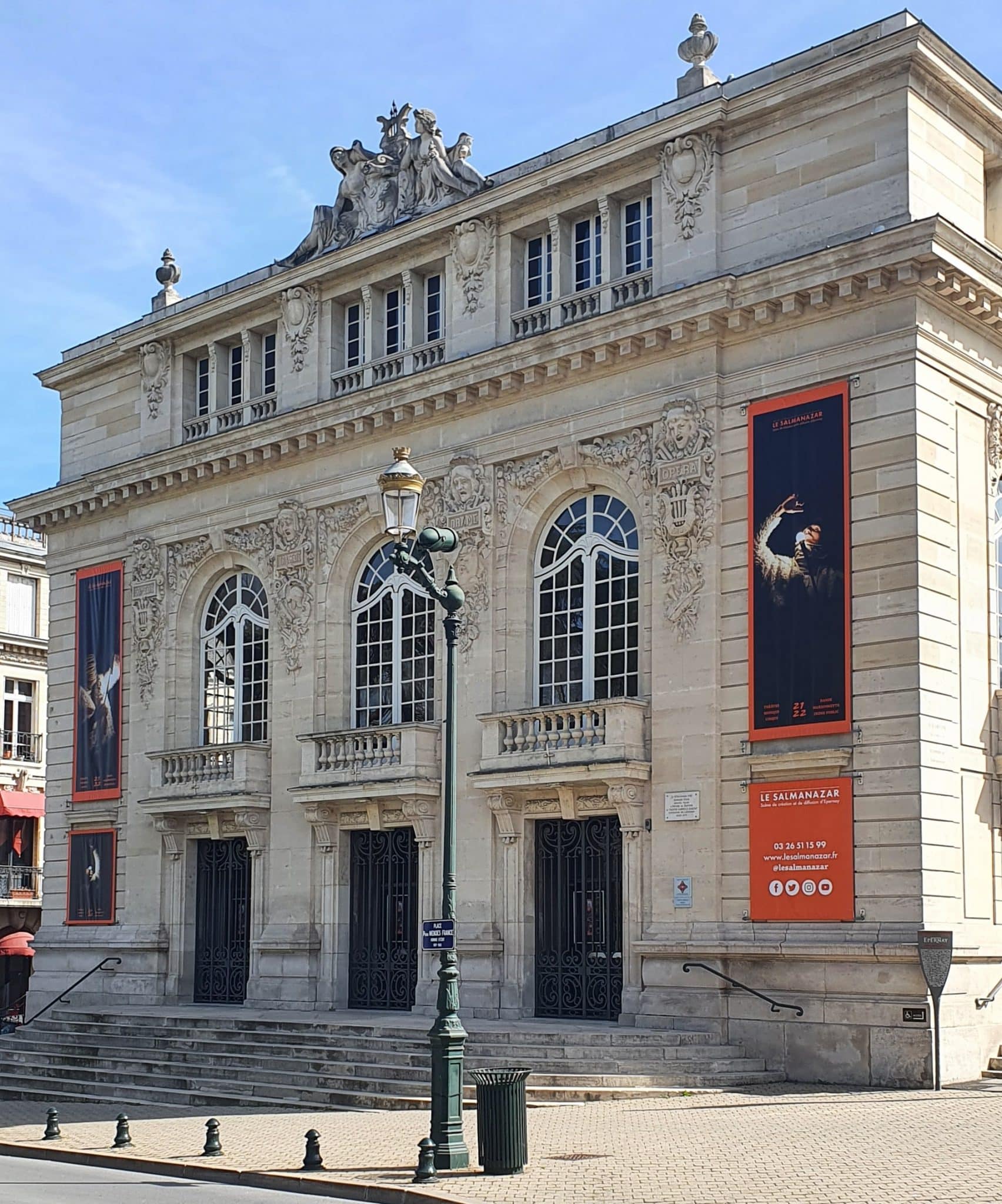
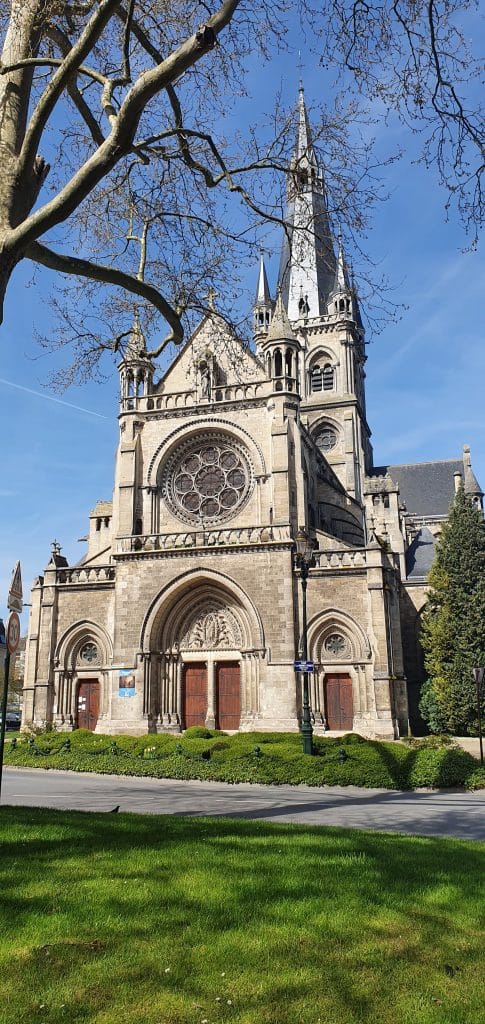
Our Lady's Church
Started in 1898, finished in 1917, partly destroyed by bombing in 1918, then restored in 1924. In late 12th century style, it is a copy inspired by the churches of Orbais (Marne) and Braisne (Aisne).
It has the shape of a Latin cross, comprising a five-bay choir with polygonal apse, side aisles and circular chapels, a transept with projecting arms, and six bays of nave with side aisles.
The total height of the tower, including the spire and cross, is 80 meters. Its bell tower has a bell of the XVth century (drone dating from 1491), coming from the old church SAINT-MARTIN.
Inside, admirable 16th century stained glass windows, some of which depict the life of the Virgin Mary, from the former conventual church of Saint Martin, and a large organ by the famous organist CAVAILLE COLL.
A space of sacred art which contains precious liturgical vestments, statues from the 15th and 16th centuries and a fine 15th century tombstone, classified as a historical monument, bearing the effigy of Marguerite de Chateauvillain, abbess of Argensolles, a female convent in the Epernay region.
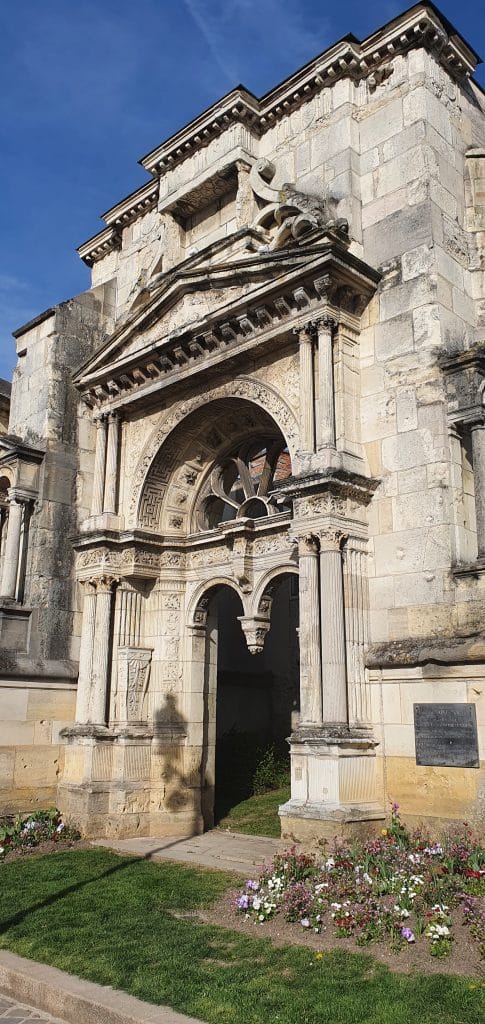
THE SAINT-MARTIN PORTAL
It is the vestige of the old Notre-Dame church and one of the oldest monuments in Epernay. One can admire charming stone garlands between which play loves, hercules, various animals, among which salamanders, unquestionably link this graceful portal to the time of François I (begun in 1540).
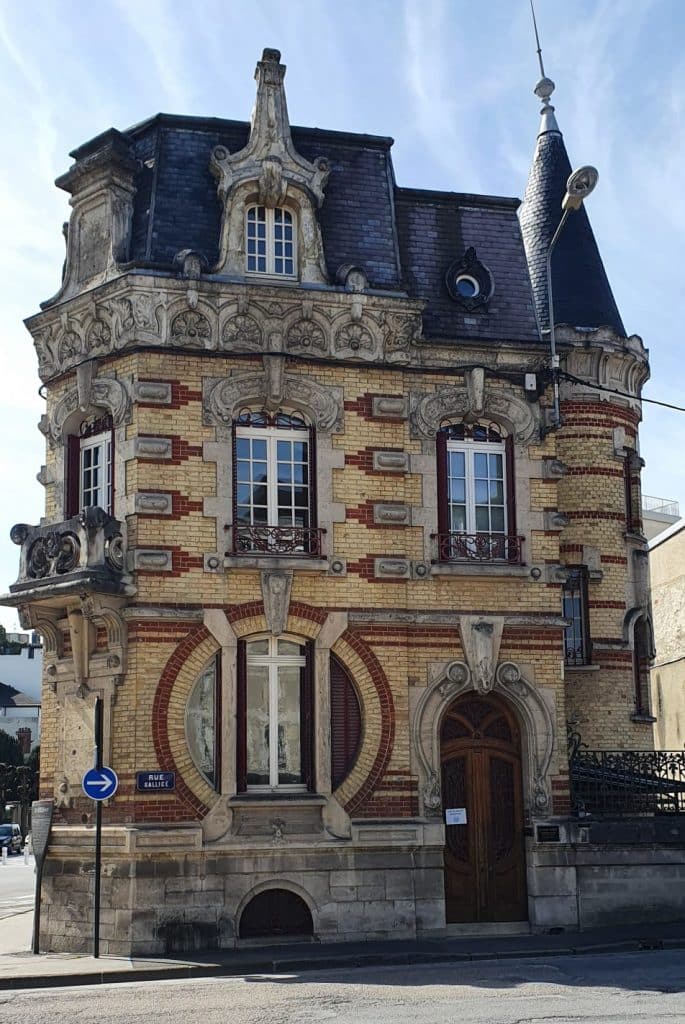
House of the Moon
The Moon House, built in 1896, is very representative of the Art Nouveau style. This early 20th century art is characterized here by the round shape of the window, the crescent-shaped lintels, the sculpted stone balconies and the frieze under the cornice…
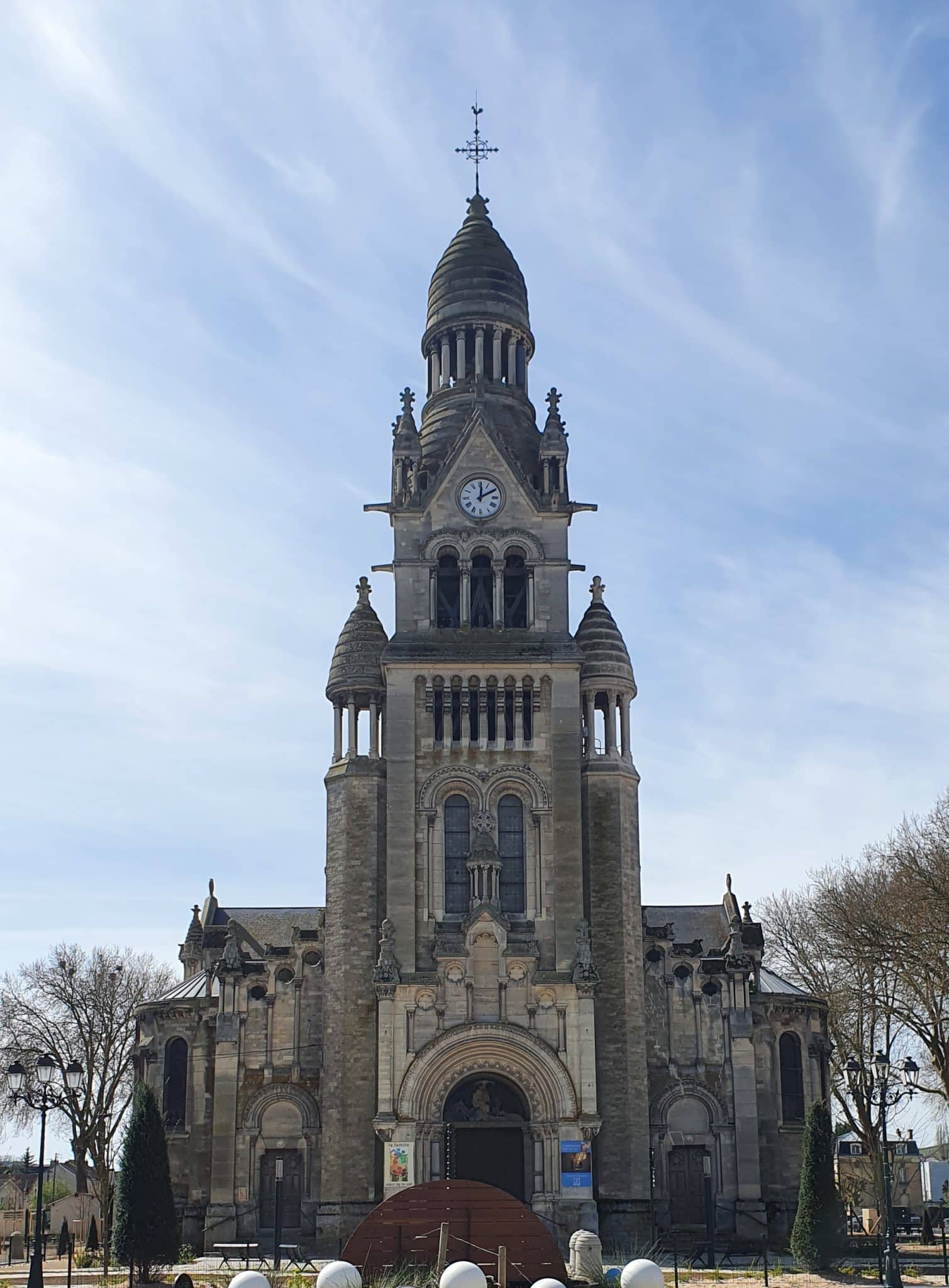
Saint Peter's and Saint Paul's Church
Of Romanesque-Byzantine inspiration, it was built by the CHANDON DE BRIAILLES family and inaugurated in 1897. It has the shape of a Latin cross and its stained glass windows illustrate the life of some patron saints of Champagne
Horticulture Park
The Jardin d’Horticulture was created in the early 1910s by the Rémois landscape architect Jean-Baptiste Thomereau. It is one of the most beautiful forgeries in the city.
You will pass near the Cubry, 12 km long, the Cubry takes its source in the forest of St Martin d’Ablois, at the pond of Noire Fontaine. It crosses the villages of Vinay,
Moussy, Pierry and Épernay before flowing into the Marne. One part is in the open air and another underground.
In Epernay its course has been modified several times over the centuries. The domestication of its waters forced the construction of sluices and
dams to prevent flooding. In 1910 Epernay was invaded by a torrent of mud and garbage of all kinds.
The Cubry also contains a legend, that of the Belle du Cubry, a whole history that you can discover in detail if you want to know more …
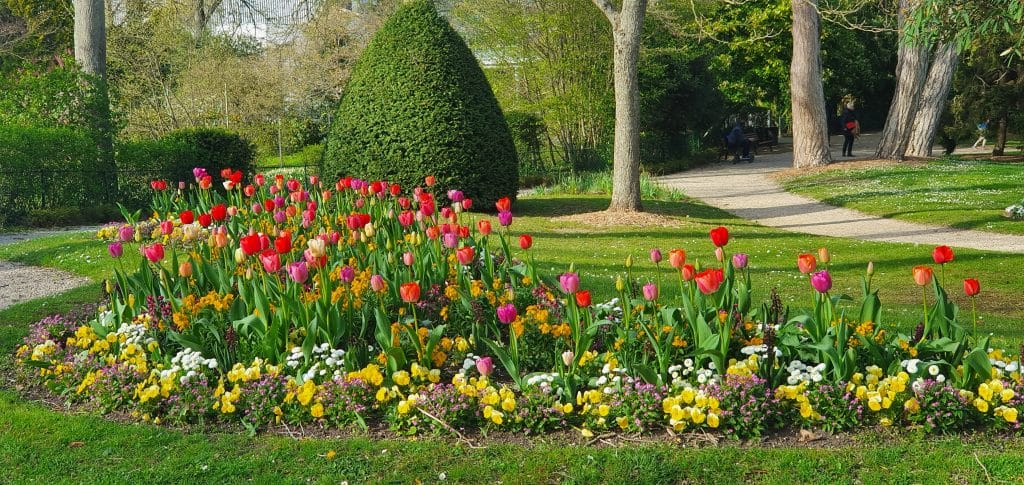
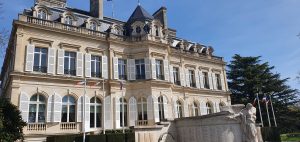
©Maxime FEVRE
Hôtel de ville
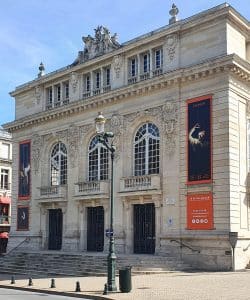
©Maxime FEVRE
Le Théâtre Gabrielle Dorziat
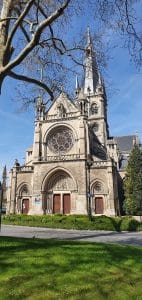
©Maxime FEVRE
Eglise Notre-Dame
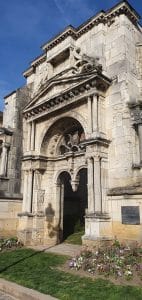
©Maxime FEVRE
Portail Saint-Martin
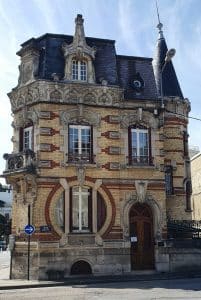
©Maxime FEVRE
Maison de la Lune
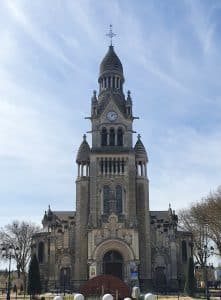
©Maxime FEVRE
Eglise Saint-Pierre & Saint-Paul
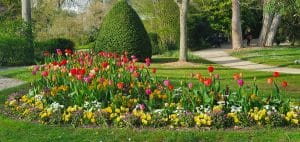
©Maxime FEVRE
Parc de l'Horticulture
